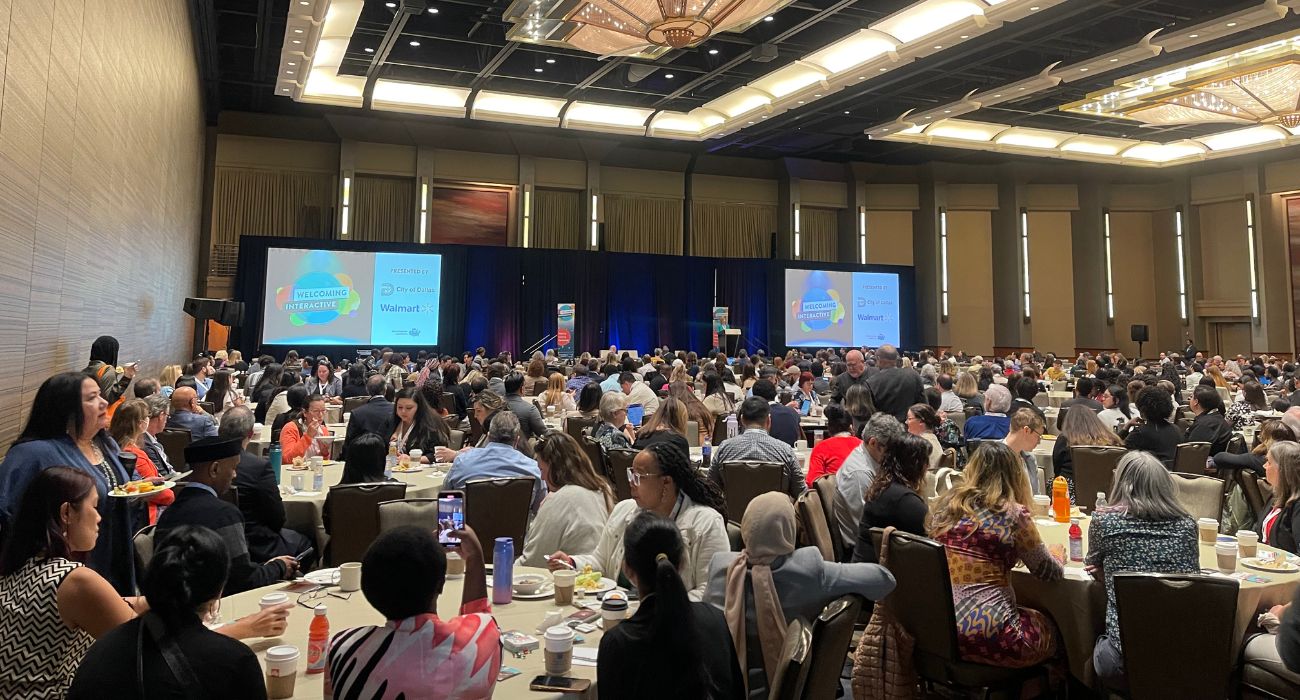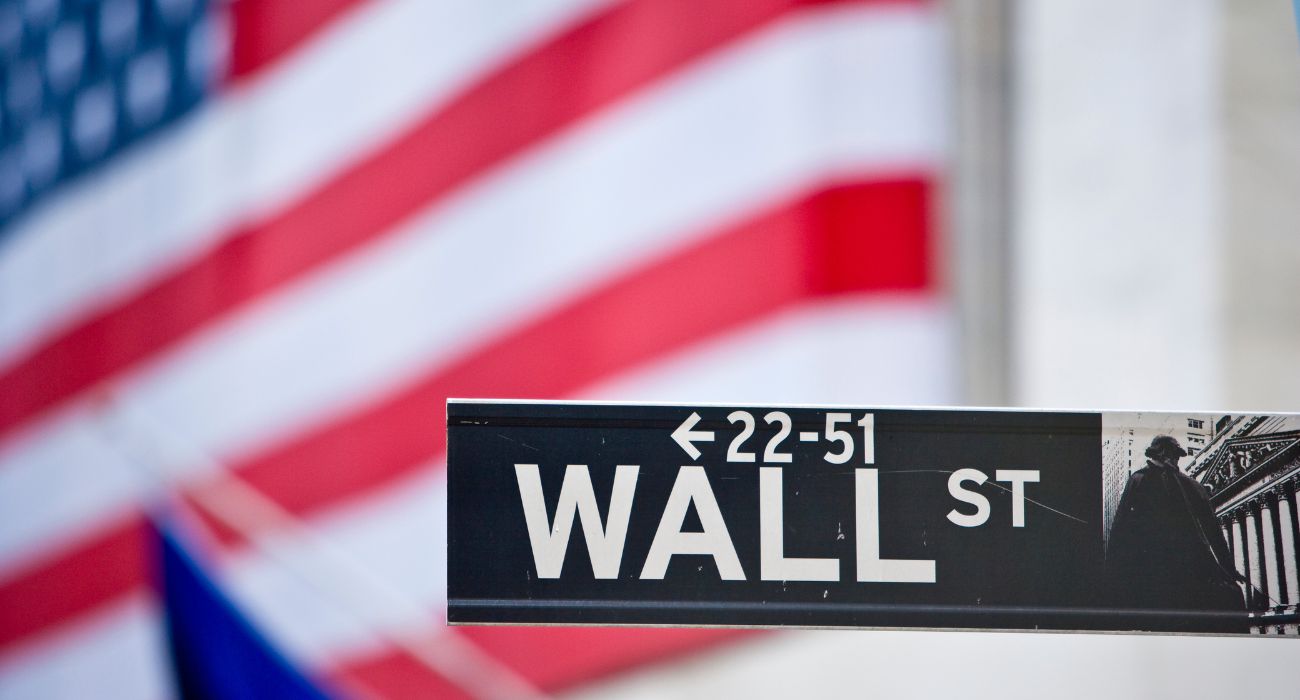Employers across the country have been complaining about how difficult it has been to attract quality employees during the pandemic. Now, data from the U.S. Bureau of Labor Statistics (BLS) seems to support some of the anecdotes that have been circulating in recent months.
According to the BLS, during the first half of the year, productivity in the country experienced its sharpest drop going back as far as 1947. Productivity is defined as the number of goods and services a single employee can produce in an hour.
The most puzzling part about the change is how it has unfolded.
When the pandemic kicked off, there was a rapid increase in workplace closures, at least temporarily. This forced many businesses to quickly transition to remote work structures. The move to remote work prompted some economists to speculate that lockdowns could drive long-term growth. In fact, that is precisely what happened. At least initially.
During the first quarter of 2021, worker productivity rose by 4.3%. While it slowed to 2.3% in the subsequent quarter, the rate was still double the 1.2% average experienced since the 2007-2008 financial crisis.
Economists theorized that a hybrid work model might provide employees greater flexibility, ultimately benefiting both the worker and employer. However, the recent “quiet quitting” phenomenon has led some managers to accuse remote work of harming productivity.
Still, others are not quite sure, pointing to relatively robust engagement rates reported by employees. According to a Gallup poll of 150,000 Americans from this summer, 32% of employees are “engaged” at their place of work. While the number represents a drop from 36% two years prior, it was still at or above the rate experienced in the preceding ten years.
The driver behind this drop in productivity among American workers is not readily apparent. According to Lawrence H. Summers, president emeritus of Harvard University and former treasury secretary, “no one knows or will know” for quite some time. He speculates, at least in part, that the drop-off may be related to employees “working unsustainably hard” during the first two years of the pandemic.
Indeed, the pandemic has been characterized by workers complaining of “burnout,” especially in the medical and service industries. According to chief economist Aaron Terrazas, mentions of “burnout” are up 42% in employee reviews on the career site Glassdoor when compared with 2019 data.
Yet others theorize that the decline in productivity is down to the increased leverage employees allegedly enjoy amid the current labor shortage. With employers finding it harder to attract talent, workers may have more power to dictate favorable terms. According to Sinem Buber, the lead economist at ZipRecruiter, high-performing employees are quick to leave their current jobs for opportunities offering more flexibility and higher pay.
Other economists like Adam Ozimek, a chief economist at the Economic Innovation Group, have similarly pointed to the high levels of churn and onboarding occurring in the wake of “quiet-quitting” to explain the productivity downturn. Quick-quitting, which is when someone leaves a job after less than 12 months, rose nearly 10% compared to the year prior and remains elevated today, according to LinkedIn data. Workers across different sectors are perhaps still figuring out how to do their jobs.
Buber also posited that the slump in productivity is due to some workers’ “curbed ambition,” resulting from “the link between hard work and reward” being severed during the pandemic. “Back in 2019, the policy was one strike and you’re out, I’ll get a better person to do the job. Right now it’s 10 strikes, maybe you’ll be out,” he explained.
Regardless of the cause, economists will closely monitor the impact of diminishing productivity, especially amid an environment where historically elevated interest rates continue to challenge the economy.







Since the pandemic federal workers especially have gotten lazier and lazier you can’t get anyone on the telephone no one is monitoring them at home half of them are shopping during the day because they got it easy they done got laxed because there is no one to watch them and the pandemic has slowed down so they ought to be back at work if school kids can go back to school federal workers can go back to work this has gotten ridiculous and out of hand everybody sitting at home doing practically nothing and this needs to stop